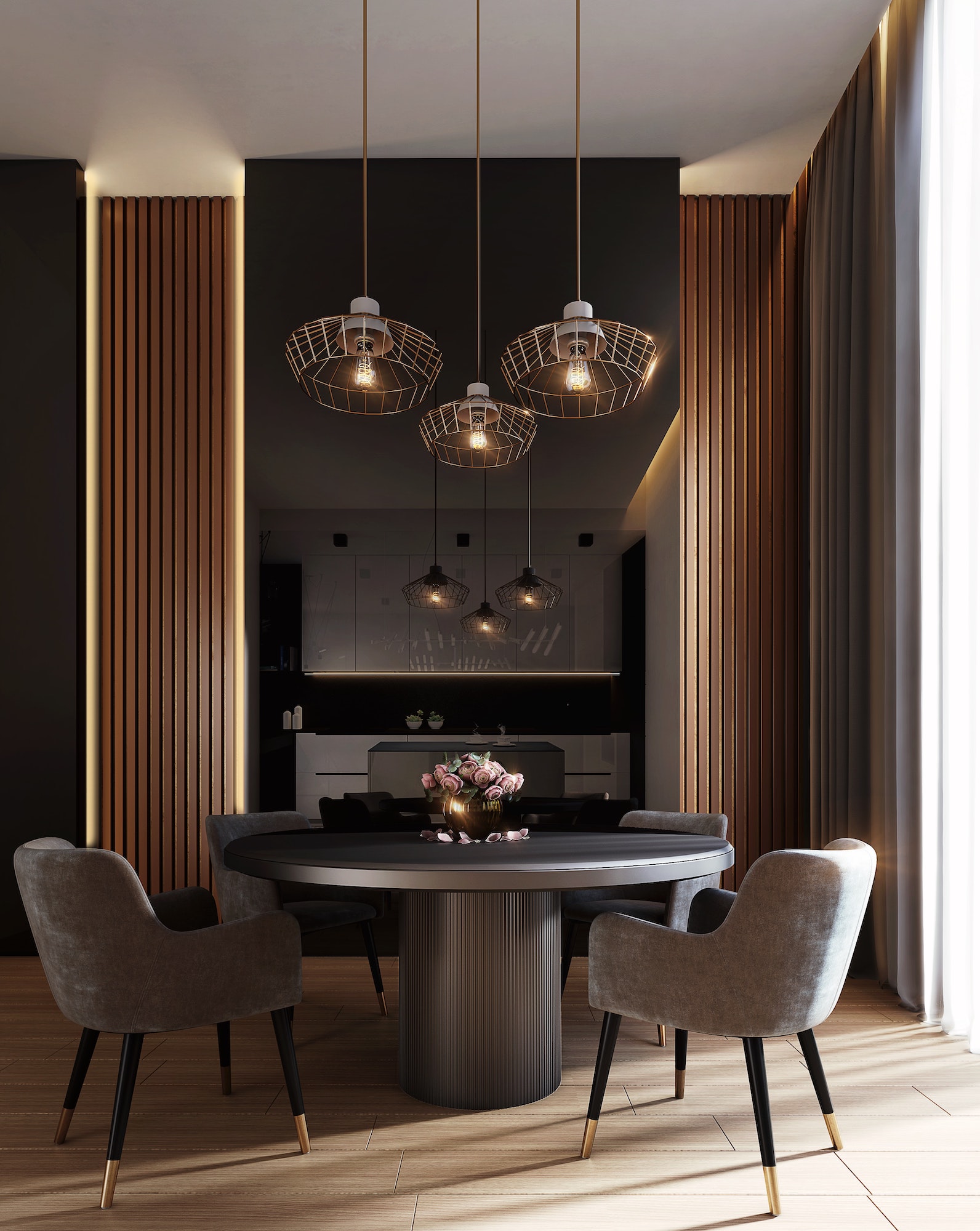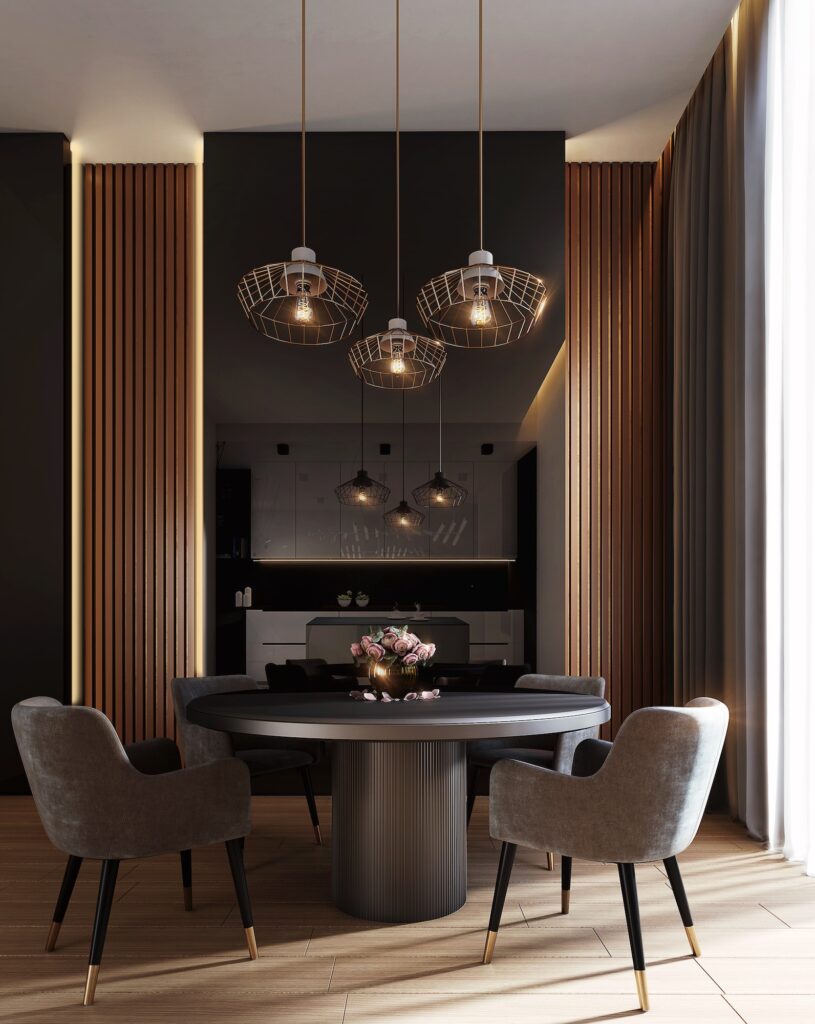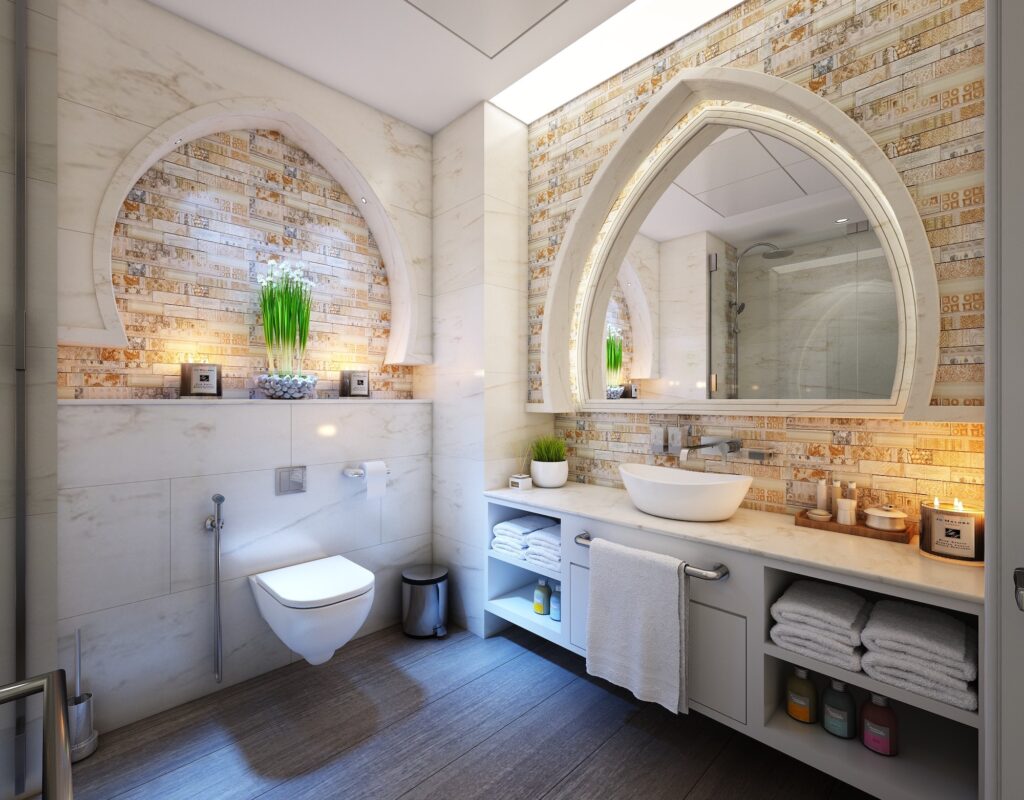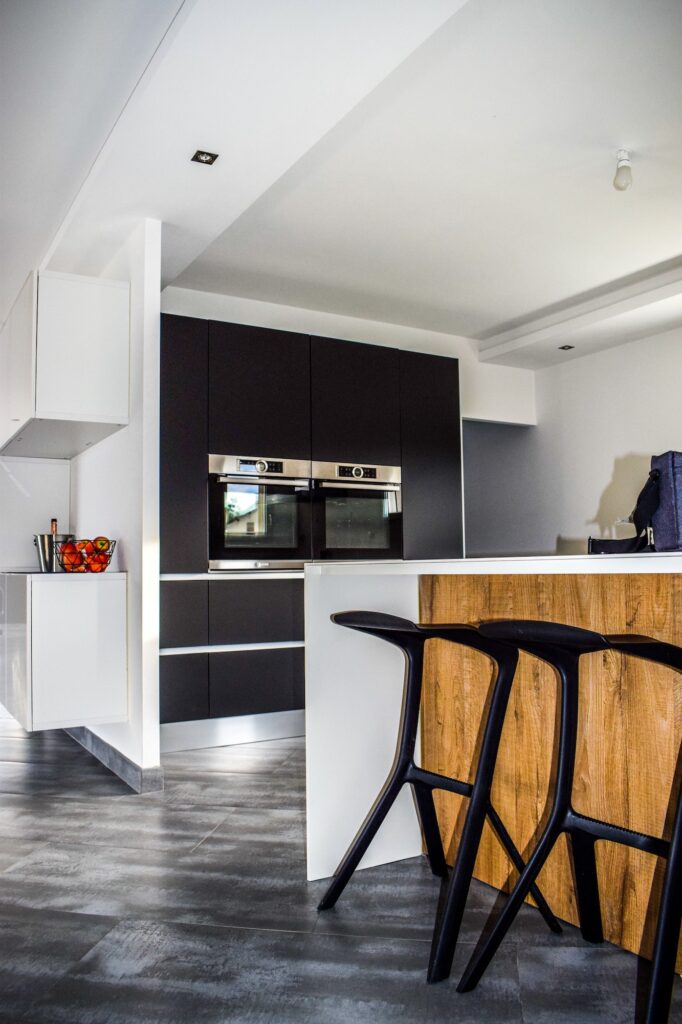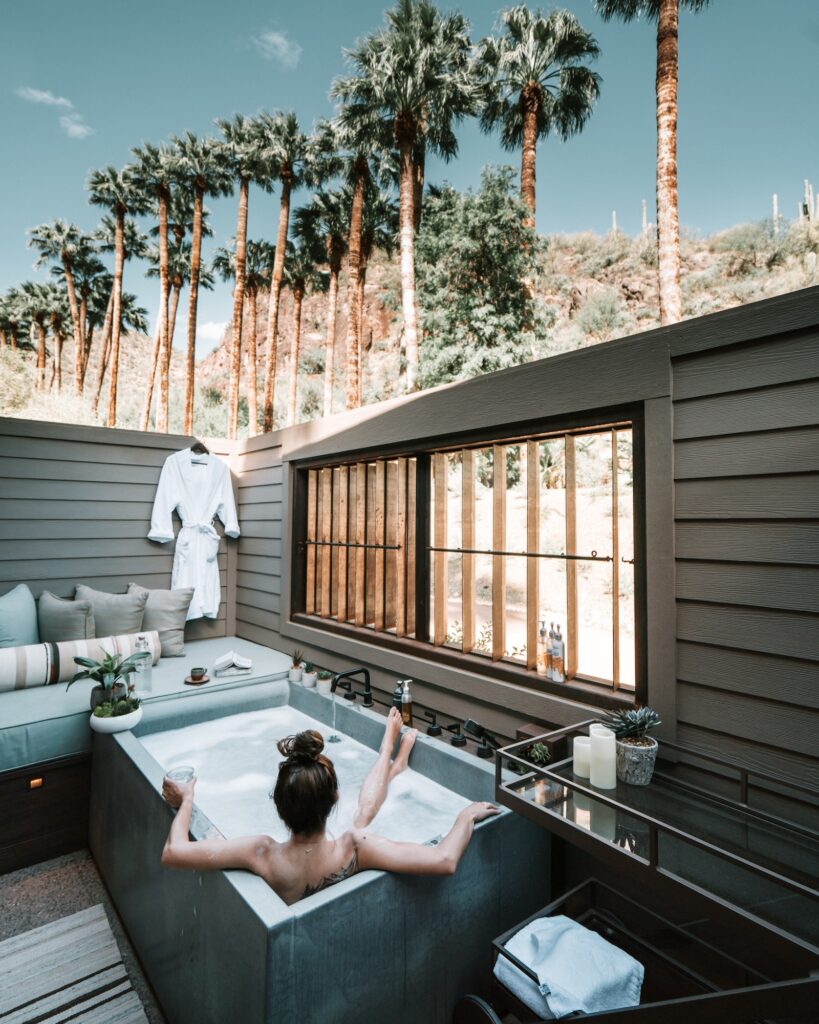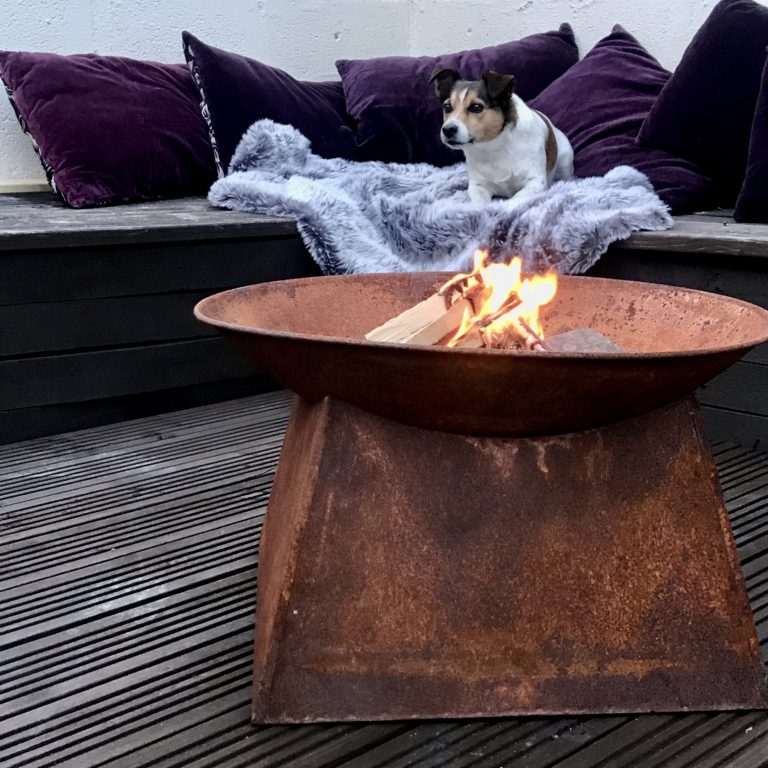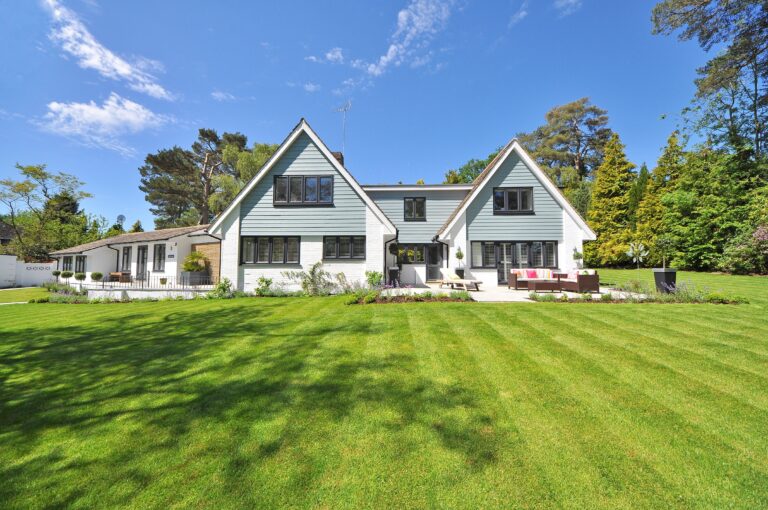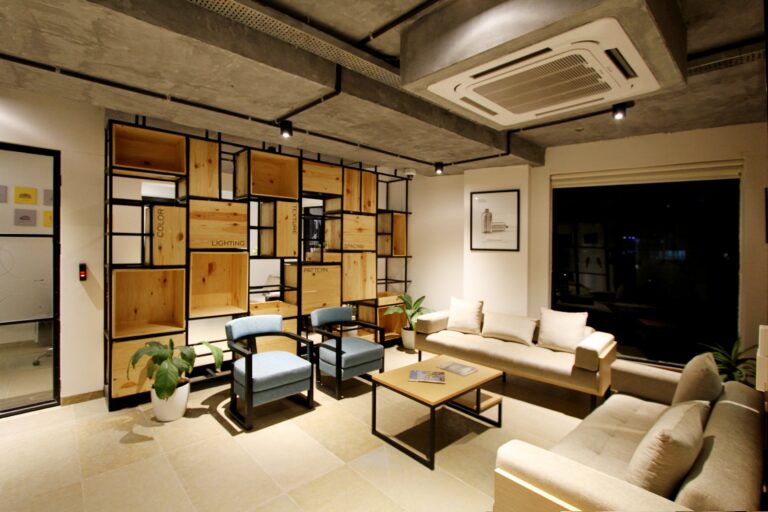7 Ways How To Start An Interior Design Business
“A room should never allow the eye to settle in one place. It should smile at you and create fantasy”
Juan Montoya.
These lines ring true, especially if you have an excellent eye for detail and plan to start your interior design business. From understanding the human psychology of how your clients will react to a design to coordinating color patterns – your design business may have to work under different circumstances and environments.
While entrepreneurship is an idea that appeals to many interior designers, figuring out how to start scares away many people. With TV shows such as Extreme Makeover: Home Edition fueling a meteoric rise in people’s interest in interior designing, merely having the knack for interiors will not suffice.
To start and build a successful design firm, you will have to wear many hats at the same time.
From managing the finances to ensuring timely completion of work – your client expects you to redesign the home of their dreams.
Though there are no shortcuts to success, starting lean and giving importance to things that matter will eventually help.
7 Ways How To Start An Interior Design Business
7 Steps to Start an Interior Design Business
Starting an interior design business from scratch is easier said than done. Taking the first step in the right direction may seem overwhelming initially, but using these seven steps, you can get your business up and running in no time.
Build your brand identity
As a design firm, your clients expect you to create a beautiful brand that is all about you, your clients, and your success stories.
Your design brand is not only about visuals; it’s more about your voice and how you build relationships. It’s your brand identity that helps cut through the clutter and create experiences that no one can copy without spectacularly failing.
You may choose to design only kitchen and baths or focus on office spaces in a corporate skyscraper, or design an entire home – your brand should speak for itself.
Without an interior design brand identity grabbing the attention of dream clients would be extremely difficult. Therefore, it’s imperative to have a clear vision of the work you want to do.
Once you sort this out, you know the answer to two critical questions:
- Who are you?
- Who are your ideal or dream clients?
The answer to these questions lays the foundation stone for a profitable interior design business.
Name your business and create a logo
Your logo is the front door of your design business. It’s the logo that creates a positive first impression because it’s full of energy. It’s the logo that will make your design firm stand out and lure potential customers.
Therefore, focus on creating an attention-grabbing and unique logo. The same applies when naming your design firm.
With first impressions being formed in less than 10 seconds and a client requiring 5-7 impressions before remembering a logo – crafting a beautiful logo is even more essential. A good logo is instrumental in creating a brand identity that your clients are likely to remember.
Use colour theory and learn from famous brands to create logos that resonate with your target audience.
Complete the legal formalities
There’s no point taking contracts or carrying out the design business without completing the necessary legal formalities. From registering a business, forming a legal entity to registering for taxes, ensure compliance with both state and federal laws to avoid legal problems.
You can register your business as:
- Sole proprietorship
- Limited liability company (LLC)
- Corporation
Registering as an LLC or corporation safeguards your design business from being personally liable if you get sued.
Furthermore, when registering your business, ensure to search the name in the federal and state trademark record. Also, check for the availability of the website domain.
Before starting your design firm, you also need to register for various state and federal taxes.
For registering taxes, you need an EIN.
Choose your design process
Your next-door interior designer may be minting money by following a design process. But, it doesn’t mean the same process will work the same wonder for you. Every brand is unique, so should be your design process.
Usually, a design process has four time-consuming stages:
Stage 1: Meeting
Stage2: Working
Stage 3: Waiting
Stage 4: Final deliverable
After the initial meeting or consultation, the next logical step is working together on the project and understanding the design requirement. After understanding design deliverables and signing the contract, you work on the design. This is probably the most time-consuming process, as until you hit the bull’s eye, you will have to redo the design. Nothing can be more annoying than knowing that your client hates red when you decide to choose red as the central design theme.
To reduce your design efforts, use 3D rendering software. Such software creates a design that helps a client visualize the space. You can even play around with colours, patterns, textures, and furniture placement to give your clients a space that meets their requirements.
Interior design software takes out the guesswork from design and ensures timely completion of a design project.
Build a website
With 75% of customers making judgments on a business’s credibility based on website design, your interior design business will go miles with a compelling website.
As a designer, you have a knack for colours and understand the relationship of colours with the room’s layout. Your website should reflect the same understanding. A mobile-optimized website showcasing your work with impressive photography helps in attracting potential clients.
Your website should be beautifully designed and organized, as that’s the basic crux of interior designing.
Apart from the aesthetics, even the content should be compelling and thought-provoking. It should pull your customers to your brand.
In the internet-driven world, having a strong web presence, especially with professional web design in Melbourne, is of paramount importance as it could be the difference between success and failure. A well-designed website not only represents your brand but also serves as a powerful tool to attract and engage potential customers.
With millions of websites out there, standing out and making a lasting impression is essential. So, investing in high-quality web design is a strategic move that can elevate your business and help you thrive in the competitive online landscape.
Market your interior design business
Make no mistakes, your first project as an interior designer is to market your business, and then it’s to be a creative and articulate interior designer. Apart from creating a website, use paid and unpaid advertising to let your potential clients know about your existence.
From Facebook PPC campaign and email marketing to content marketing and social media marketing – leave no stone unturned in reaching your target audience.
For example, you can create an Instagram account and categorize your work (which you did for your relatives and your home) into contemporary, classic, vintage, or modern. Have a dedicated work page on your website and social media accounts to let your potential client’s gauge through your work.
You can even focus on local SEO listings to attract people living nearby. Another smart way is to list your design business on Google My Business listing.
Flaunt your work on platforms like Homify to reach out to millions of potential clients.
Upload your project details, smashing photos, and project description to highlight your unique design style. These platforms allow you to answer direct queries from potential clients, thereby opening new doors of opportunity.
Track your interior design business
So, you’ve created a brand, built your website, and using different marketing strategies you’re ready to connect with your dream client.
What next?
You need to continually measure your design business’s health to understand improvement areas and compare your performance against competitors.
That’s where brand tracking comes into the picture.
Using a brand tracking template, you can easily track the awareness, impressions, purchase intent, NPS, current market share, key purchase drivers, and client’s perception about your interior design business.
Without understanding how your design business impacts your customers and how they perceive it – running a profitable business would be an uphill battle.
Conclusion
There is never a right or wrong time to start your interior design business. If stars didn’t align for Romeo and Juliet, they will probably not align for you either. Starting a design business is more a mindset game than timing. If you’re ready, you will start hitting your big wins sooner or later.
Starting a design business is no rocket science. Follow these seven steps and help customers create dream spaces. From choosing a business name to tracking your brand – we’ve covered every aspect you should know when planning to enter the creative world of interior designing.
With the right set of tools and software, you can cultivate a distinctive style and create spaces that tell a story. It’s your talent that will bring customers. Work a little more challenging and give yourself that extra push to scale your business.
Are you planning to start your interior design business? Did this guide help you start your design business? Do let us know in the comments section!
Author’s bio:
Priya Jain is a copywriter working with Outreach Humans. She has an MBA and engineering degree. When she is not writing, you will find her teaching math, spending her day running behind her toddler, and trying new recipes.

